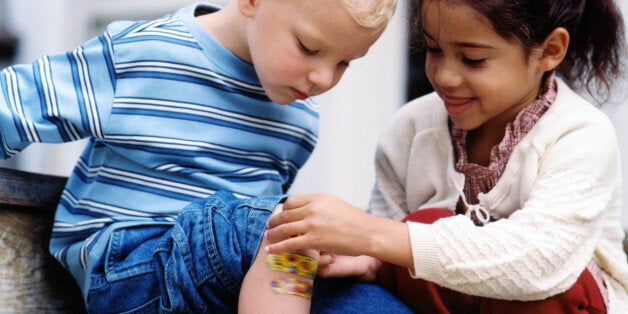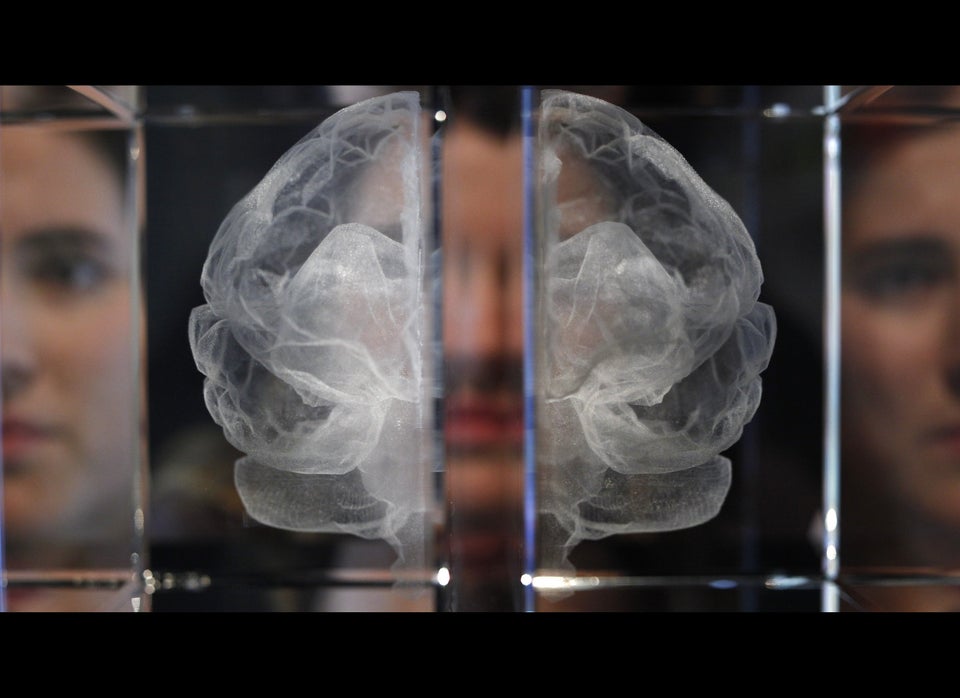
Ever wince when someone else stubs their toe? It turns out that the empathy we feel actually can be influenced by racial bias, and it begins at a young age.
Previous research on racial disparities has revealed that when white people see someone experiencing physical pain, they sweat more if the person is white than if the person is black.
In fact, one alarming study found that some doctors prescribe better pain medication for their white patients than black patients.
But when does this bias start? Psychologists at the University of Virginia in Charlottesville surveyed a sample of mostly white children at age five, seven, and 10. The children rated how much pain they expected two other children -- one black and one white -- would feel in certain situations, like biting their tongue, or hitting their head.
The five-year-olds reported that the two children would feel about the same amount of pain. But a weak racial bias emerged in the seven-year-olds, and by age 10, the children showed a "strong and reliable racial bias" in that the white child would feel more pain than the black child.
“Our research shows that a potentially very harmful bias in adults emerges during middle childhood, and appears to develop across childhood,” the study’s lead researcher Rebecca Dore, a PhD candidate in developmental psychology at the university, said in a written statement.
There's even a term for this unconscious bias: the "racial empathy gap." Some psychologists have said that it may occur because people assume blacks have faced more hardship, which makes them tougher. The researchers in this new study are still investigating why this bias emerges in childhood, and they noted that their findings may reveal an opportunity for intervention.
“Talking to children about racial issues early may be important for preventing the development of biases that could have consequences in adulthood,” Dore said in the statement. “If we want to prevent this bias from developing, it needs to be done by age seven, or age 10 at the latest.”
The study was published online in the Feb. 28 issue of the British Journal of Developmental Psychology.

